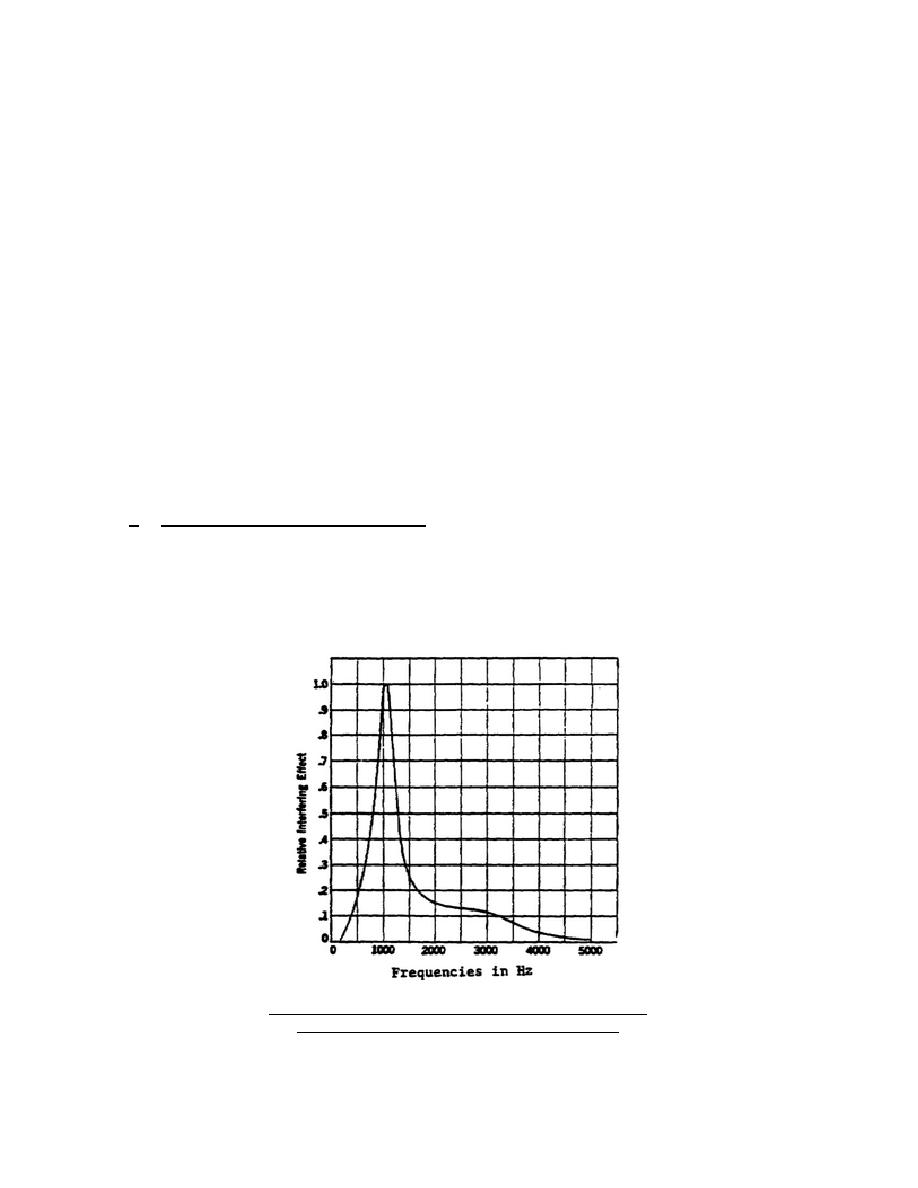
The small amount of power induction resulting in short lines within
buildings where telephones are installed is insignificant compared
with the amount picked up by the long outdoor lines.
(3) Improper selection of cable pairs can cause crosstalk between
circuits. The effect of crosstalk is the same as noise, in that the
disturbance impairs understandability of the received message. The
immediately noticeable effect of crosstalk in a telephone system is
the unintelligible conglomeration of speech sounds called "babble"
coming from a large number of sources.
Moreover, poor electrical
connections, together with inferior quality of equipment maintenance
along the cable, contributes to the amount of electrical interfering
noise other than that induced by natural causes.
(4) Users
of
telephone
systems
can
also
impair
reception
by
carelessness.
Background noise entering the telephone microphone
has the same effect on distant reception as an equivalent amount of
electrical noise introduced by extraneous sources.
Moreover, the
sidetone path through the telephone can introduce some of the noise
picked up by the microphone into the local earpiece. A firm voice
and clear pronunciation also help improve understanding of the
received voice. The ability to understand the message is, in the
final analysis, the determinant of successful communication.
b. Disturbing Effect of Noise.
The disturbing effect of noise to a
listener depends on its volume (amplitude) and pitch (frequency). A series of
tests were made with many people to find the frequencies that interfered most
with their listening.
The results are shown in figure 1-1.
Note that the
disturbing effect peaks up rather sharply in the neighborhood of 1,100 Hz; that
is, interfering frequencies near 1,100 Hz are the most important so far as
telephone communication is concerned.
Figure 1-1. Relative interfering effect
of noise at different frequencies.
3



 Previous Page
Previous Page
